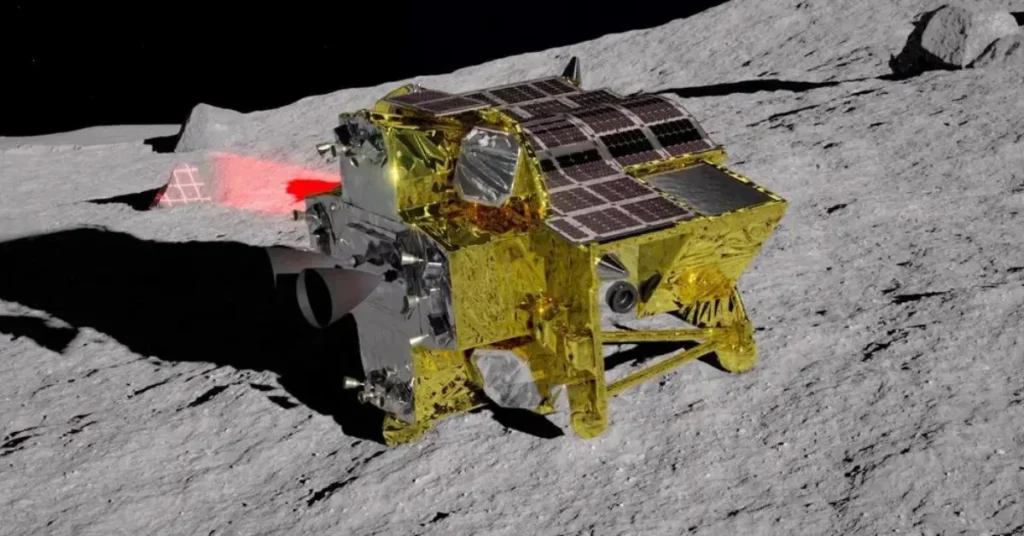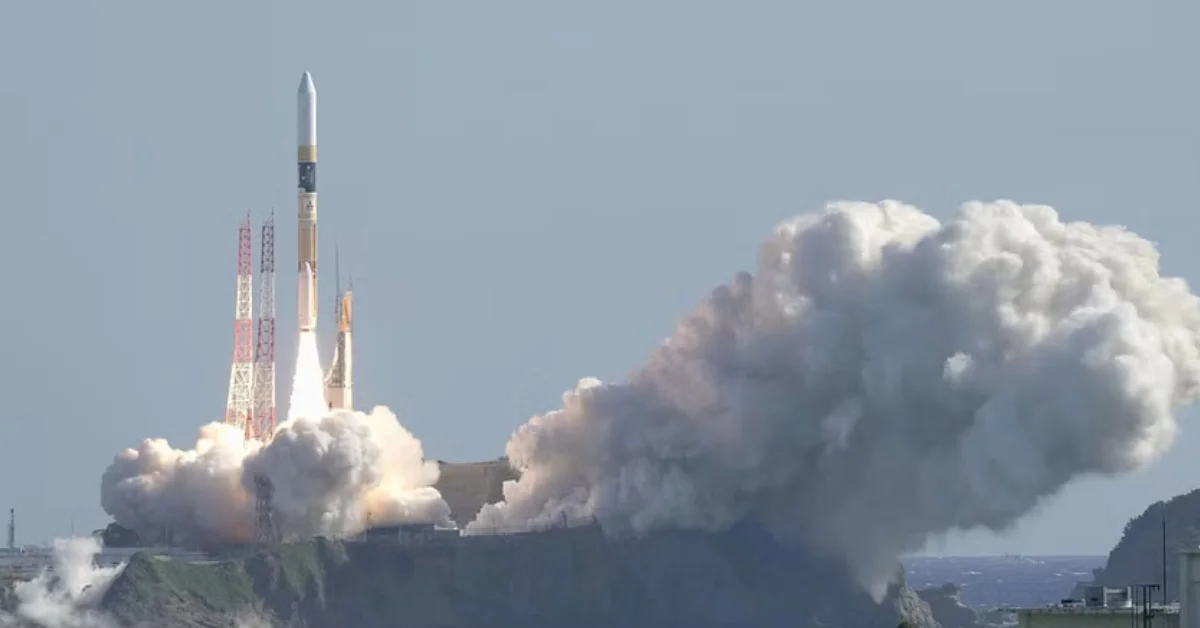According to the Japan Aerospace Exploration Agency (JAXA), Japan’s high-precision “Moon Sniper” lander has made history by landing on the moon for the first time. However, the agency stated that because of a problem with the craft’s power source, it was still “checking its status.”
The Japan Aerospace Exploration Agency (JAXA) reported that its Smart Lander for Investigating Moon (SLIM) successfully touched down on the moon’s surface at approximately 12:20 a.m. (1520 GMT Friday) and resumed communication with Earth. However, due to a potential incorrect angle, the solar panels on the spacecraft were unable to produce any electricity.
At a news briefing, JAXA’s space lab chief Hitoshi Kuninaka stated, “SLIM is now operating only on its battery, and we are prioritising the transfer of its data onto earth.”
According to JAXA, upon landing, SLIM successfully released two mini-probes that were intended to take images of the spacecraft: a baseball-sized wheeled rover and a hopping vehicle the size of a microwave oven. The robots were developed in collaboration with various Japanese institutions, tech giant Sony Group, and toymaker Tomy. Launched in September, SLIM reached the moon in four months with less fuel because of the assistance of Japan’s top-tier H-IIA rocket.

Japan’s successful moon landing propels them to fifth place worldwide :
Japan became the fifth nation in history to land a spacecraft on the moon, following the United States, Russia, China, and India, with the successful landing. Japan claims that their technology is unparalleled and essential to furthering lunar exploration, especially with regard to the search for lunar water and the possibility of human habitation.
In an effort to counter China’s expanding military and technological clout, which even extends into space, Japan has been aggressively seeking to increase its involvement in space operations and forming alliances with the United States. Japan intends to send an astronaut to the moon through active participation in NASA’s Artemis program.
Also Read: ISRO Launched: XPOSAT, India’s First Satellite to Study Black Holes
In order to explore the hilly moon poles in the future and perhaps find sources of oxygen, fuel, and water, JAXA has emphasised that its high-precision technology will become an invaluable tool. A cooperative unmanned lunar polar exploration with India is also planned for 2025.
